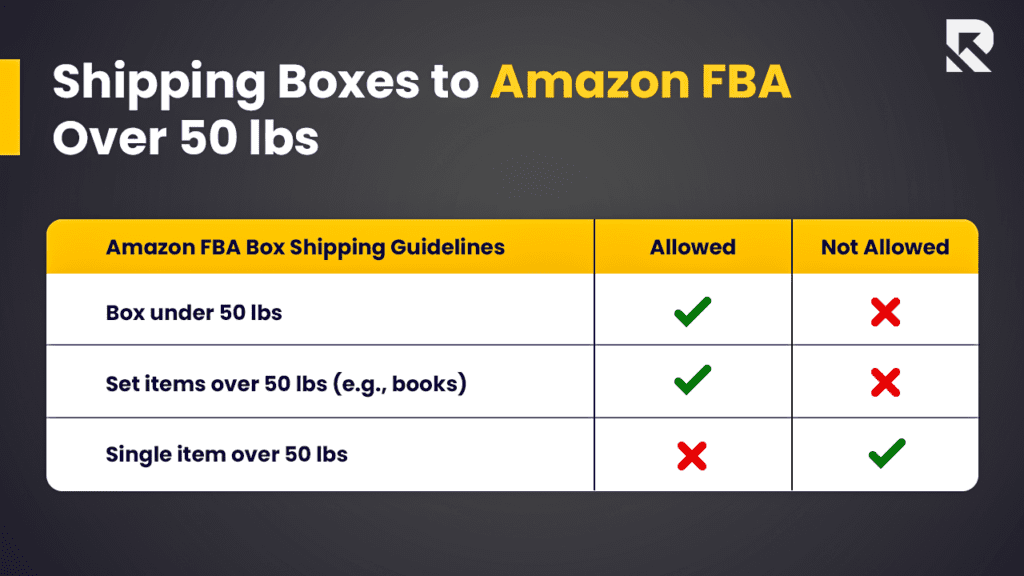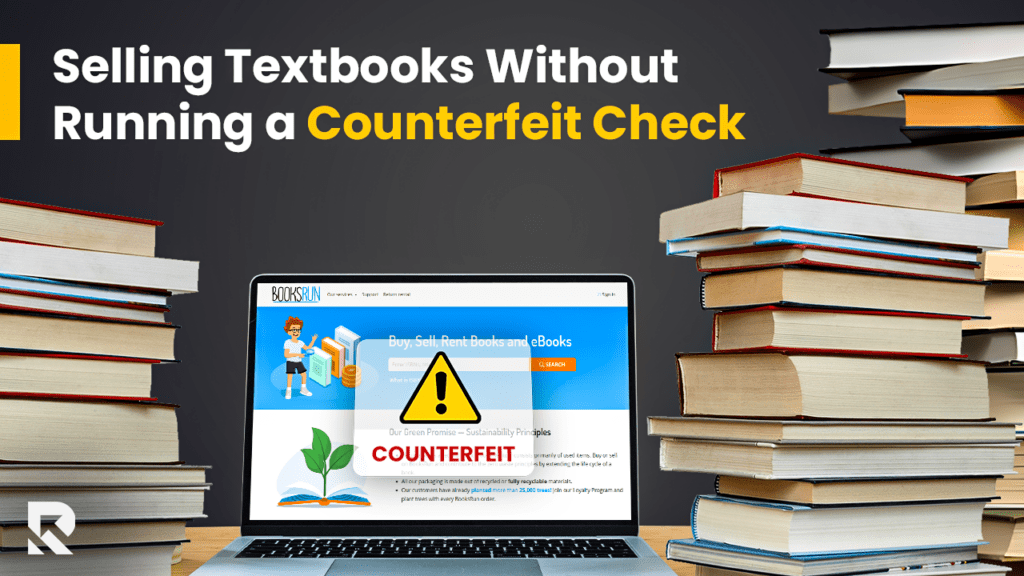
Selling on Amazon can be a game-changer for your business.
Whether you're doing FBA (Fulfillment by Amazon) or fulfilling orders yourself (Merchant Fulfilled or MF), Amazon offers a powerful platform to reach millions of customers and build a sustainable income stream.
I’ve been selling on Amazon for over 10 years, and in the past year alone, I generated over $700,000 in revenue with a six-figure profit.
And guess what? I only spend about 5 hours per week on my business, thanks to using virtual assistants, prep centers, and Amazon’s FBA service.
That being said, Amazon is strict.
They have rules, and breaking them can get your account suspended—or worse, banned permanently.
In this post, I'm going to cover 11 common mistakes that can land you in hot water, whether you're a new or experienced seller.
These are mistakes I've seen time and time again from new sellers in my eBay to Amazon Masterclass group.
Follow along, and I’ll show you how to avoid them.
1. Shipping Boxes to Amazon FBA Over 50 lbs
This might seem like a minor issue, but shipping boxes that exceed 50 lbs to Amazon can lead to problems.
Amazon has strict guidelines, and unless you're shipping a set (like an encyclopedia), you need to ensure your boxes are under 50 lbs.
Tip: Always use a scale to double-check the weight of your boxes before shipping.

2. Forgetting to Ship MF Orders on Time
If you’re doing Merchant Fulfilled (MF), it’s critical to stay on top of your shipping.
Unlike FBA, where Amazon handles fulfillment, MF sellers are responsible for getting the product to the customer.
If you’re late, you risk a high defect rate, which can harm your account health.
Pro Tip: Use tools like Amazon Seller App or reminders to track MF shipping deadlines. Always try to ship within 24 hours of the order.
3. Selling Textbooks Without Running a Counterfeit Check

Textbooks are notorious for counterfeit issues, and selling a fake book can lead to a lawsuit or your account getting suspended.
There’s a free tool at BooksRun.com where you can input the ISBN and run it through their counterfeit calculator to see if the book is likely a fake.
Avoid This: If the counterfeit calculator flags the book as "probable" or "likely counterfeit," skip selling it. Textbook lawsuits are no joke.
4. Ignoring Intellectual Property (IP) Complaints
Even if you’re allowed to sell an item, you can still get hit with an IP complaint.
Brands are cracking down on unauthorized sellers, and an IP complaint can severely impact your account health.
A decline in the number of sellers on a product listing is often a red flag that a brand is issuing IP complaints.
Solution: Use tools like IP Alert, which will notify you before you list an item that’s known to have IP risks. Avoid brands or listings with sharp drops in seller count.
IP ALERT (Prevent IP complaints on Amazon)
Use code - RAIKEN30 on either an annual plan or a lifetime to save $30.
5. Not Responding to Customer Messages Within 24 Hours

Even if Amazon handles most customer service for FBA orders, occasionally, questions or issues will come directly to you.
If you don't respond within 24 hours, it can harm your metrics. Worse, repeated violations can lead to account suspension.
Quick Fix: Check your messages daily, and if no response is needed, click the "No response needed" button. This keeps your metrics clean.
6. Failing to Check Your Account Health Regularly
Your Amazon account health is like your report card.
It tracks everything from customer complaints to shipping performance, and even one or two bad marks can harm a new account.
Make it a habit to check your Account Health tab daily to avoid surprises.

7. Shipping the Wrong Quantity of Items
If you tell Amazon you're shipping 10 units and they only receive 9, it can negatively impact your shipping performance metrics.
Amazon tracks discrepancies closely.
Double-Check: Always ensure the quantity you're sending matches the quantity you declared. It's worth the extra minute to avoid future headaches.
8. Leaving Old Barcodes or Labels on Products and Boxes

When you send a product to Amazon, the only barcode visible should be the FNSKU (Amazon’s identifier for your product).
Leaving old barcodes or previous shipping labels can confuse Amazon’s system, causing delays or lost inventory.
Solution: Use a Rollo printer to print new labels and cover any old barcodes. It’s a simple but critical step in avoiding logistical errors.
Here's all the other tools I use in my 6-figure Amazon business:
https://raikenprofit.com/tools
9. Using Packing Peanuts or Newspaper for Packaging
Amazon has strict packaging guidelines.
They don’t allow packing peanuts or newspaper, as these materials can damage products or leave marks.
Use bubble wrap or air pillows instead.
What to Use: Stick to Amazon’s recommended materials like craft paper and bubble fill.
10. Shipping Expired or Close-to-Expiration Products
If you sell grocery items, ink, toner, or other products with expiration dates, be cautious.
Amazon requires that items have at least four months left before expiration.
Shipping expired or close-to-expiration products can lead to immediate suspensions.
Action Step: Always check expiration dates and avoid sending items with less than 4 months remaining.
11. Sending Items That Aren’t an Exact Match

If the product you’re sending doesn’t match the Amazon listing perfectly—whether it's a different color, size, or flavor—it will likely result in returns, complaints, or worse, an account suspension.
Pro Tip: Double-check the ASIN and product description before listing. If you're unsure, don't list it.
Conclusion
Take It Slow, Be Diligent
Amazon is an incredible platform for scaling your business, but it comes with rules that are strictly enforced.
I’ve been selling on Amazon for over 10 years, and while I’ve seen massive success, I’ve also made plenty of mistakes along the way.
The key is learning from them and avoiding the pitfalls that can jeopardize your account.
If you're just starting, take your time.
Crawl before you walk, and walk before you run.
Start with small, manageable shipments, check your account health regularly, and always follow Amazon’s guidelines to the letter.
Need more help? Check out my membership site, ResellingFreedom.com.
We have daily Zoom calls, expert advice from seasoned sellers, and a community that’s ready to help you scale your Amazon business the right way.
Have any questions or tips? Drop them in the comments below!
Steve w/ Raiken Profit









